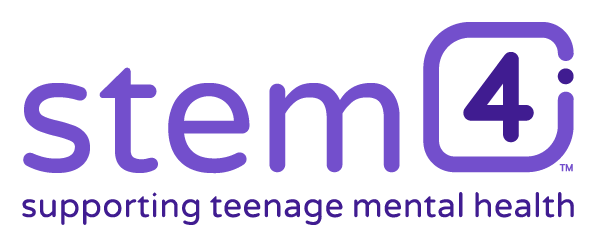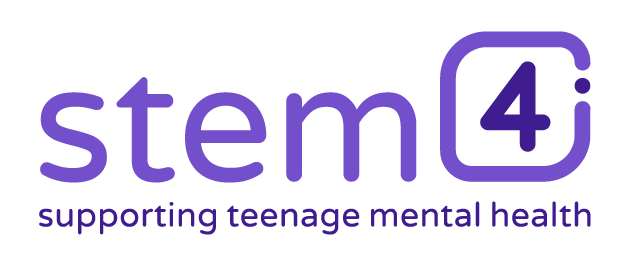2. Fact file
Read the following fact file to learn about resilience. Once you’re done, it’s time to test yourself! Cover up the table, leaving the headings popping out & see if you can repeat aloud some of the main bolded points you have just learnt.

| What is resilience? | How can we boost resilience? |
|---|---|
| 1. Resilience is the positive way in which we adapt to the adverse challenges we face in life. Everyone experiences both positive and negative emotions. Being resilient means being able to manage these emotions. | 1. Resilience includes practising different ways of thinking and challenging thoughts that make us feel negative. For example, challenging ‘thought traps’ like overthinking or thinking the worst is going to happen. |
| 2. Resilience is more than just ‘pushing through’ the hard times in life, it is the ability to adapt to hardship and to building a toolkit of skills so that we can deal with any risks we might face. | 2. Resilience includes acknowledging our successes, no matter how small they are. Focus on small wins and remember the process of how you got there – then you have a method of how to get there again. |
| 3. Resilience includes looking after your physical health. Mental and physical health are linked – when you look after one, the other improves too. | 3. Resilience is practising being kind to yourself and to others. Being selfless and generous is the best way to discover the strength of relationships and your own strengths. |
| 4. You do not have to build resilience on your own. Resilience building not only applies to the individual, but to families, relationships and the wider system, be it schools or communities. | 4. Resilience is recognising your feelings are not facts. You can ‘feel stupid’ without being stupid or ‘feel guilty’ without having done anything you need to be guilty about. Check out your facts and believe those instead. |
Did you find this page helpful?


